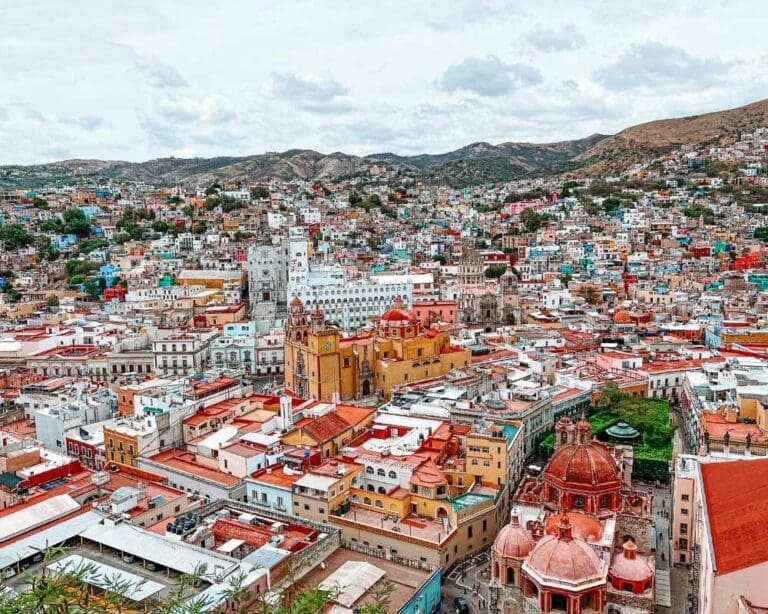Mezcal in Guanajuato: Mexico’s mezcal region that we don’t know about
Guanajuato is not the first destination that comes to mind when you hear the word ‘mezcal. With this, we traveled all the way to San Felipe to explore the rich tradition and meticulous craftsmanship behind mezcal in Guanajuato.
When one thinks of mezcal, the mind often travels to Oaxaca, the heartland of this exquisite spirit.
However, mezcal in Guanajuato is like discovering a hidden gem, a delightful secret veiled in the shadows of its more renowned siblings.
When I heard that there is a traditional mezcal producer in Guanajuato, I had to pause my activities in Guanajuato City and drive all the way to San Felipe, about 4 hours away from the city.
On this trip, I visited 2 local mezcalerias and one of them is producing pink mezcal – the first time I hear of its kind.
What is mezcal?

Mezcal, often revered as the ‘elixir of the gods,’ is a distilled alcoholic beverage native to Mexico. It is primarily made from the core of various types of agave plants, known as “piñas,” each imparting its character, flavor, and uniqueness to the drink.
Mezcal is a celebration of artisanship, as its production involves a meticulous and traditional process—from the harvesting of the agave hearts to their slow roasting in earthen pits, followed by fermentation and distillation.
Unique appeal of mezcal in Guanajuato

Guanajuato, with its vibrant culture, colorful landscapes, and rich history, brings a fresh and exciting perspective to the mezcal tradition.
Mezcal in Guanajuato stands out for its unique blend of ancient practices intertwined with local innovation and a distinct terroir that breathes life into the spirit.
The region’s particular climate and soil conditions foster the growth of unique agave varieties, each contributing to the mezcal’s distinct personality.
It captivates with its ability to tell stories—of the land, the hands that craft it, and the communities that cherish it.
Its appeal also lies in its rarity and the meticulous craftsmanship it embodies. Small-scale producers, armed with ancestral knowledge, pour their passion and expertise into crafting a mezcal that speaks of authenticity, tradition, and the spirit of Guanajuato.
History of mezcal in Guanajuato

Journeying through the annals of Guanajuato’s mezcal history is like wandering through a tapestry woven with threads of tradition, resilience, and innovation.
The tale begins long before the Spanish set foot on Mexican soil, rooted in the ancient practices of the indigenous peoples, and evolves through the turbulent times of colonization, finding its way into the contemporary world of spirit connoisseurs and enthusiasts.
Pre-colonial origins of mezcal
In the pre-colonial era, the indigenous peoples of Guanajuato, like many other regions in Mexico, had a profound relationship with the agave plant.
Revered as a gift from the gods, agave was central to their spiritual rituals, medicinal practices, and daily sustenance.
They harnessed the natural abundance of the region, cultivating agave and mastering the art of fermenting its sweet sap into a primitive form of mezcal, known as “pulque.”
Pulque was more than a beverage—it was a spiritual elixir, consumed in ceremonies, celebrations, and rites of passage.
It signified a sacred bond between the people and their environment, an expression of gratitude and reverence towards the divine gifts of nature.
Post-colonial developments
With the arrival of the Spanish colonizers, the mezcal landscape began to undergo transformative changes. The introduction of distillation techniques by the Spanish enriched the process of mezcal production, allowing for the development of a more refined and potent spirit.
In the colonial and post-colonial periods, Guanajuato’s mezcal industry witnessed periods of flourish and decline. The spirit began to travel beyond its native borders, finding a place in the broader Mexican identity and culture.
It became intertwined with the social fabric, marking occasions from birth to death, in both indigenous and mestizo communities.
However, it also faced challenges, including regulatory hurdles, competition with other spirits like tequila, and periods of social and political upheaval.
Despite these challenges, the mezcal producers of Guanajuato remained steadfast, preserving their traditions while adapting to new influences and technologies.
In recent years, there has been a renaissance in the appreciation of Guanajuato’s mezcal. Global and local enthusiasts are turning towards it, drawn by its artisanal charm, diverse flavors, and the stories of culture and tradition that each bottle narrates.
This resurgence has rejuvenated local communities, empowered small-scale producers, and ignited a passion for exploring and preserving the rich mezcal heritage of Guanajuato.
The history of mezcal in Guanajuato is a living testament to the spirit’s resilience, its ability to adapt, evolve, and captivate hearts across times and borders.
Agave varieties of mezcal in Guanajuato

The heart and soul of mezcal lie in the agave, a majestic plant that flourishes in the diverse terrains of Mexico, each variety—or “species”—imparting its unique character to the spirit.
In the vibrant region of Guanajuato, a tapestry of agave varieties unfold, each woven with unique narratives of the land, climate, and the hands that nurture them.
Guanajuato’s rich biodiversity fosters a range of native agave species that are intrinsic to the region’s mezcal production. Some notable species include:
Agave salmiana
Prolific in the region, this species is renowned for its substantial size and robust yields. It is often used in the production of pulque but has also found its way into the mezcal world, imparting bold and earthy tones.
Mezcals made from this agave are bold and powerful, echoing with earthy tones, rich sweetness, and a subtle smokiness. They carry the weight of the region’s fertile soils and wide-open spaces.
Agave potatorum (Tobalá)
A wild species, Tobalá is cherished for its delicate and nuanced flavors. Harvesting Tobalá involves a respectful ritual, as its rarity and slow growth make it a precious element in mezcal production.
Tobalá mezcals are a gentle dance of floral notes, sweet undertones, and a soft minerality. They carry a certain elegance and finesse, a testament to their wild and rare nature.
Agave cupreata (Papalote)
This agave thrives in the mountainous terrains, lending a distinct, vibrant flavor profile to the mezcal. Its spirit carries the essence of the wild, capturing the landscapes and climates it braves.
Mezcals crafted from Papalote resonate with vibrant fruity notes, a warm spiciness, and a refreshing acidity. They narrate tales of rugged mountains and the resilient spirit of the wild.
Traditional mezcal production methods
Mezcal, often referred to as the ‘soul of Mexico’, carries within each drop, centuries of tradition, craftsmanship, and a profound connection to the natural world.
The production of mezcal in Guanajuato remains a sacred art, passed down through generations, embodying a fusion of ancestral wisdom and a profound respect for the agave spirit.
1. Harvesting the agave
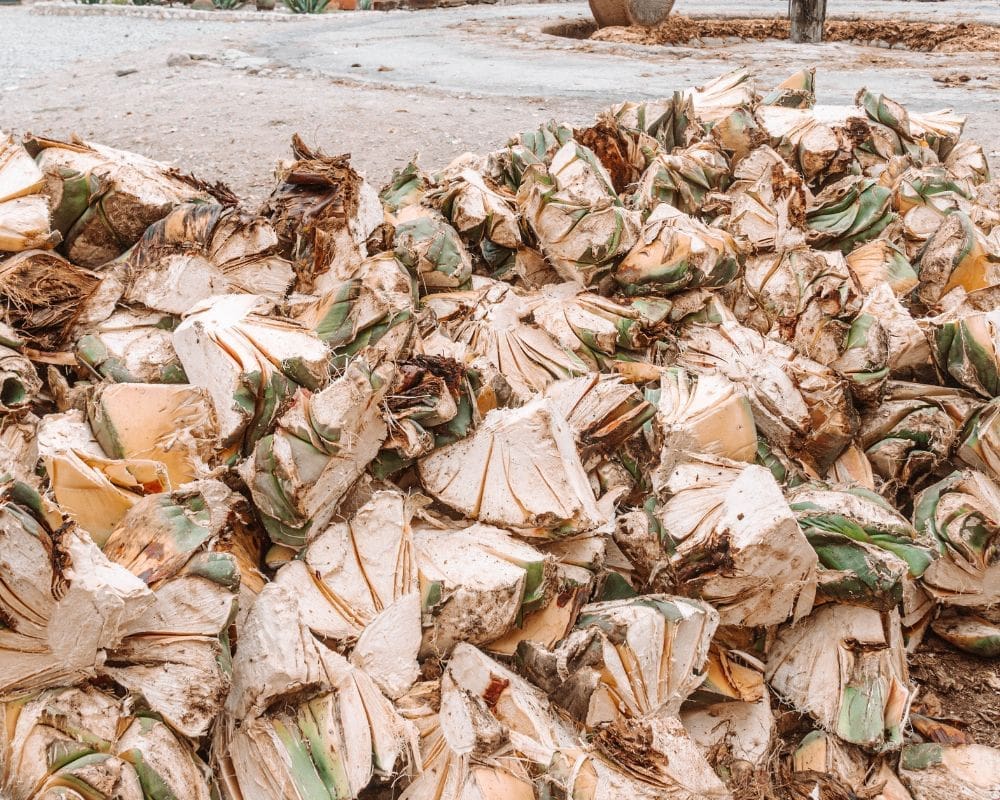
The journey of Guanajuato mezcal begins in the diverse landscapes where the agave plants flourish, embracing the essence of the region’s terroir.
Harvesting, or “jiméo”, is a meticulous process carried out by skilled farmers known as “Jimadores”.
Armed with a special tool called a “coa”, Jimadores expertly select and harvest the agave at its peak maturity, ensuring the full richness of the sugars necessary for fermentation.
Each leaf is carefully cut away, revealing the “piña”, the heart of the agave, which carries within it the soul of the future mezcal.
This process is a delicate dance between man and nature, a respectful exchange that honors the life cycle of the agave and the land’s generosity.
2. Cooking and fermentation
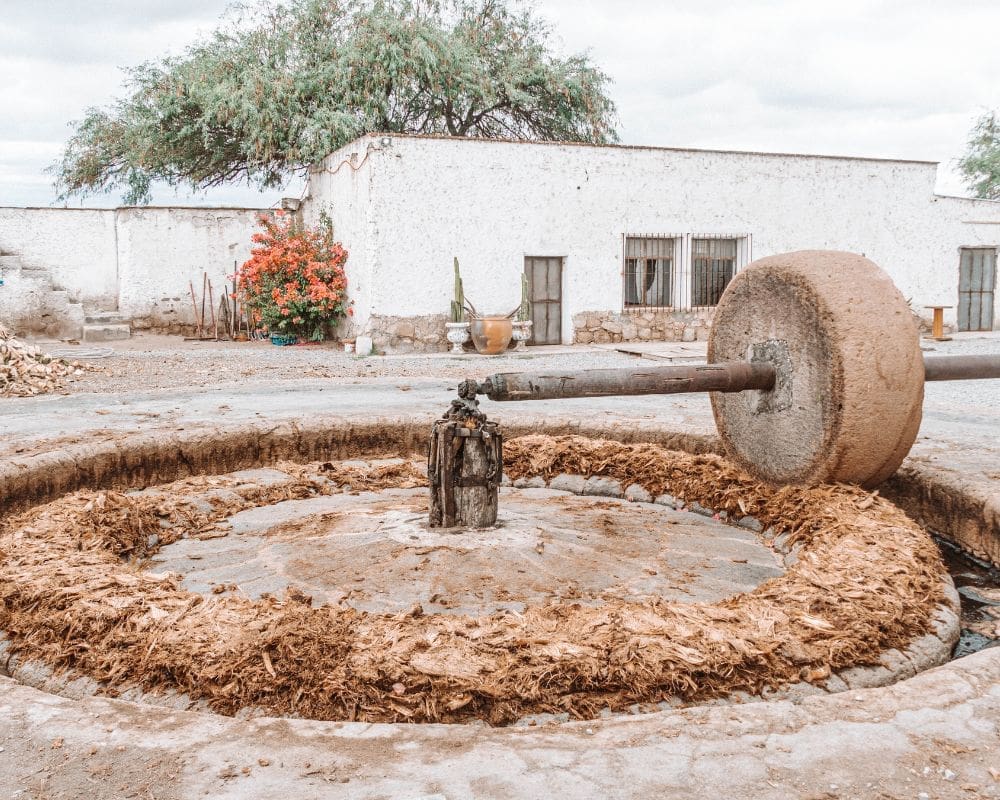
The harvested piñas are transported to the production site, often a rustic and charming distillery known as a “palenque” or “taberna”.
Here, the ancient art of cooking the agave unfolds. The piñas are traditionally roasted in earthen pits lined with stones, covered with layers of agave leaves, earth, and sand.
A slow, gentle cooking process unfolds, allowing the agave hearts to absorb the earth’s energy, converting their complex sugars into a form suitable for fermentation.
Once cooked, the agave is crushed and the juices are extracted, often using traditional methods such as a horse-drawn tahona. The extracted juices and agave fibers are then placed in open-air vats or wooden barrels to ferment.
Nature takes the stage during fermentation, the ambient yeasts playing a crucial role in developing the mezcal’s character and complexity.
3. Distillation process
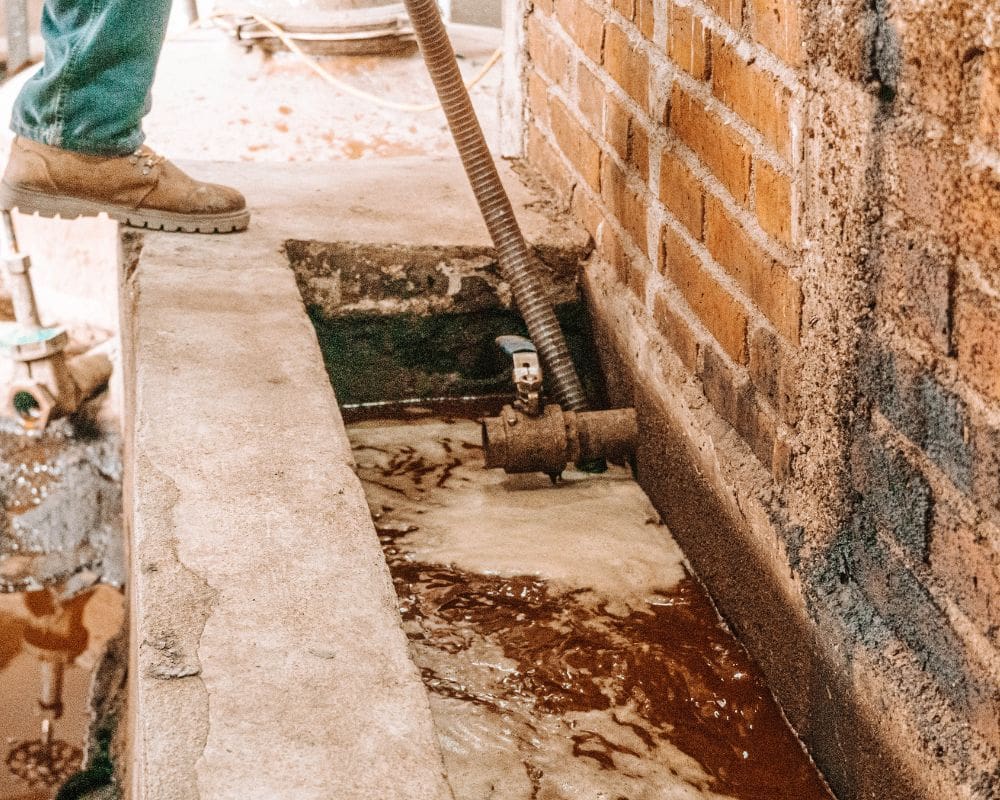
Following fermentation, the mezcal enters the mystical realm of distillation. In a traditional alembic or pot still, the liquid is heated, allowing the alcohol to evaporate and then condense, capturing the essence of the agave spirit in a more refined and concentrated form.
Distillation is often a double process, enabling the Maestro Mezcalero—the master distiller—to expertly navigate the cuts, separating the heads and tails, and preserving the heart or “corazón” of the mezcal.
This “corazón” embodies the soul of the mezcal, a symphony of flavors, aromas, and the spirit of Guanajuato’s lands.
The traditional production methods of Guanajuato mezcal are a testament to the region’s commitment to preserving the essence, purity, and artisanal nature of this enchanting spirit.
Sustainability in the production of mezcal in Guanajuato
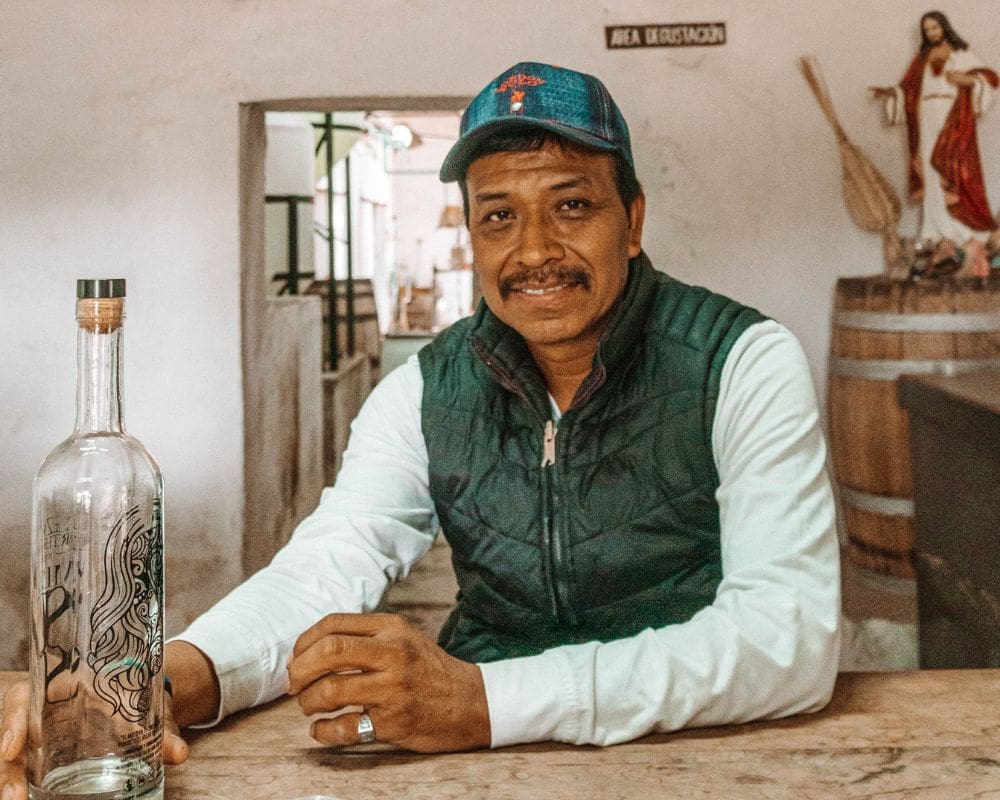
Sustainability is at the forefront of modern innovations in mezcal production, reflecting a deep respect for nature and a commitment to preserving the environment and communities that nurture the spirit of mezcal.
Sustainable Agave Cultivation: Practices such as reforestation, natural pest control, and organic cultivation are being adopted to maintain a harmonious balance with the environment and ensure the longevity and health of agave populations.
Water Conservation: Implementing water-saving technologies and practices to minimize waste and promote the efficient use of water resources in all stages of production, from cultivation to distillation.
Community Involvement and Fair Trade: Promoting sustainable development within the communities involved in mezcal production. Ensuring fair wages, promoting education, and supporting local economies to cultivate a thriving and sustainable mezcal industry.
Promoting Biodiversity: Encouraging the cultivation and protection of diverse agave species and respecting the natural habitats in which they thrive, to preserve the rich biodiversity and ecological balance of the regions.
Through a harmonious blend of tradition and innovation, the mezcal industry in Guanajuato continues to evolve, embracing new pathways that honor the spirit’s roots while nurturing its growth and expansion into the future.
These innovations echo a universal respect for the essence of mezcal, the land, and the hands that craft this remarkable spirit.
Tasting Guanajuato Mezcal
Embarking on a tasting journey through Guanajuato mezcal is an exploration of depth, diversity, and a profound connection to the land’s spirit.
It is an immersive experience that invites one to savor the nuances, stories, and traditions encapsulated in each drop of this enchanting elixir.
Understanding mezcal labels
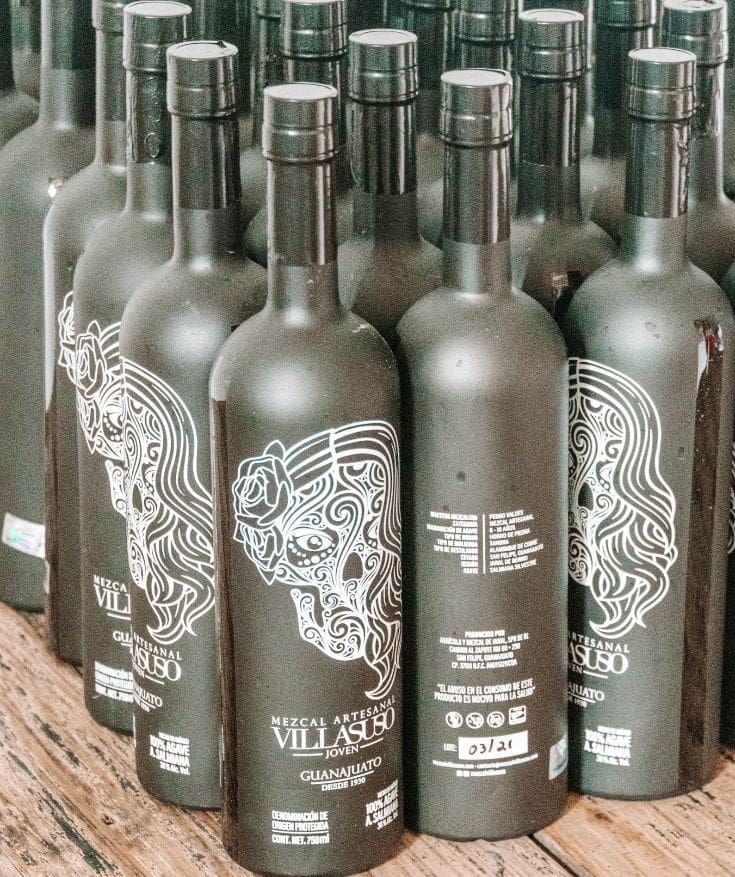
Deciphering the labels on a bottle of mezcal is a crucial step in appreciating the spirit’s complexity and origins.
The labels carry significant information that tells the story of the mezcal’s journey from the agave fields to your glass.
Type of Agave: Identifying the agave variety, or varieties, used in the mezcal offers insights into its character, flavor profiles, and the terrains where the plants flourished.
Origin: The label often mentions the region or state of production, in this case, Guanajuato, connecting the spirit to its geographical and cultural roots.
Production Methods: Look for terms that indicate the mezcal’s production methods—artisanal, ancestral, or industrial—as they reflect the techniques and traditions involved in crafting the spirit.
Alcohol Content: The alcohol content, usually mentioned as a percentage, gives an idea of the mezcal’s potency and intensity.
Maestro Mezcalero: The name of the Maestro Mezcalero, or master distiller, honors the expertise and craftsmanship of the individual who played a pivotal role in bringing the mezcal to life.
Tasting notes and flavor profiles

Engaging in the tasting of Guanajuato mezcal is a sensory adventure where aromas, flavors, and textures interplay, unveiling the spirit’s essence.
Appearance: Observe the clarity, color, and viscosity of the mezcal. A gentle swirl in the glass can reveal its body and elegance.
Nose: Take a moment to inhale the aromas, allowing the scents of cooked agave, earth, smoke, and subtle botanicals to enchant your senses.
Palate: As you take a sip, allow the mezcal to coat your palate, unveiling its complexity. Explore the symphony of flavors—from sweet, fruity, and floral to herbal, spicy, and smoky.
Finish: Savor the finish, noting its length, warmth, and the lingering flavors that continue to tell the mezcal’s tale.
Responsible consumption of mezcal
Mezcal, as a spirit, carries the essence and stories of the lands and communities from which it hails. Engaging with mezcal is not merely about consumption, but also about appreciation, understanding, and responsibility.
To truly honor the spirit of mezcal, it is essential to approach its enjoyment with a mindset that respects its cultural significance, sustainability, and ethical production.
The cultural significance of mezcal

Mezcal is deeply woven into the cultural tapestry of Mexico and regions like Guanajuato. It is a spirit that embodies history, traditions, and the ancient wisdom of the agave lands.
A Spiritual Connection: Mezcal has spiritual and ceremonial significance in Mexican culture, often used in rituals, celebrations, and gatherings, emphasizing its role beyond mere consumption.
Artisanal Craftsmanship: The production of mezcal is a revered craft, passed down through generations, reflecting the dedication, passion, and knowledge of the mezcaleros.
Culinary Heritage: Mezcal’s presence in the culinary landscape, through pairings and traditional usage, illustrates its importance in the celebration of Mexican cuisine and flavors.
Supporting sustainable and ethical brands

In the embrace of mezcal, there is a responsibility to choose and support brands that uphold sustainability, ethical practices, and respect for the communities and environments involved in mezcal production.
Sustainable Practices: Look for brands that emphasize sustainable agave cultivation, water conservation, and biodiversity, ensuring that the production process is in harmony with nature.
Community Support: Support mezcal brands that prioritize the welfare and development of the communities involved in mezcal production, promoting fair wages, education, and local economies.
Authenticity and Quality: Choose brands that maintain the integrity, authenticity, and quality of mezcal, respecting traditional production methods and the true essence of the agave spirit.
Book Guanajuato mezcal tour

We offer this mezcal tour from Guanajuato City and San Miguel de Allende. It will be a full-day visit to San Felipe including a winery tour, a cheese factory visit and an old hacienda lunch in the city.
The tour duration is about 8 hours and we only take private tours as this has limited availability. Get in touch with us to see how to book this Guanajuato mezcal tour!
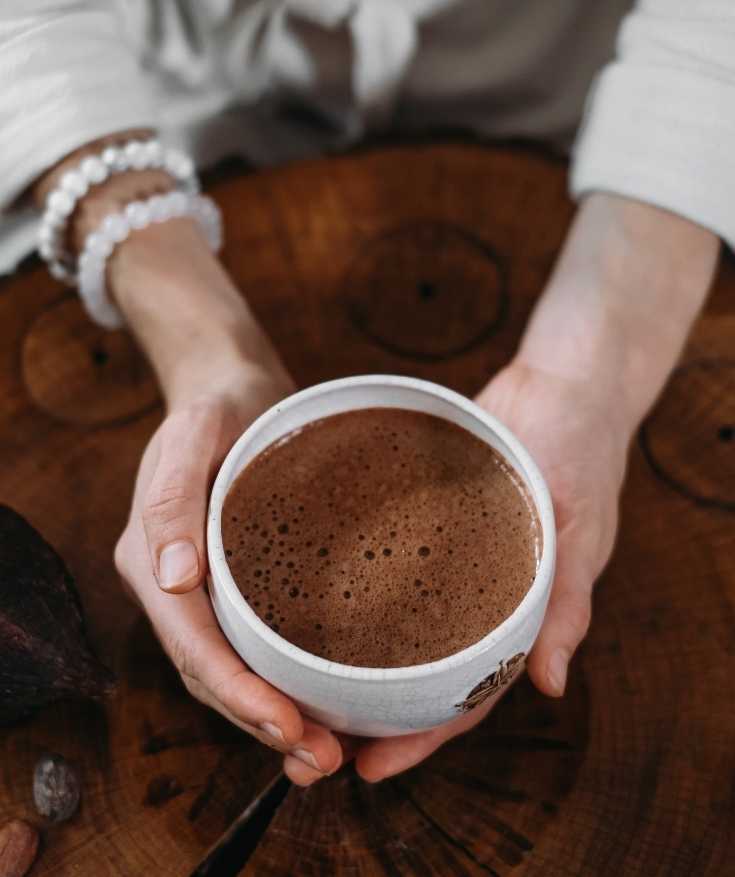
![Guanajuato Airport transportation guide [to hotel and San Miguel de Allende]](https://b2853340.smushcdn.com/2853340/wp-content/uploads/2023/10/Is-it-safe-to-drive-in-Guanajuato--768x614.jpg?lossy=2&strip=1&webp=1)


